Description
Tautog is a small greenish-brown fish with large scales and a white chin. It has a firm, oval body and its head is slightly pointed. Its eyes are small and located close to the snout. The body of the tautog is covered in small rounded scales that give it an overall matte appearance. They also have two prominent ridges running along their back, which are used to distinguish them from other species. The tautog’s coloration varies slightly depending on its location and age, but generally, they range in color from greenish-brown to a deep brown. They also have seven or eight dark bars radiating out from the eye area that can be easily seen when the fish is viewed from the side.
Tautog has four strong and well-developed barbels located near their mouth, which are used to detect food in their environment. The tautog can use these barbels to locate prey like crustaceans, mollusks, worms, and small fish.
Environment
The tautog is a coastal fish and prefers temperate waters, usually found near rocky shores. It lives in depths ranging from shallow waters to over 300 feet deep. They are often seen around harbors, estuaries, jetty rocks, and jetties where they hunt for food. During the summer months, these fish can be found in large schools, but during the winter they spread out and become solitary. Tautogs are generally bottom-dwellers and prefer cooler waters, often living near the edges of reefs and wrecks. They are found throughout the North Atlantic along coastlines from Canada to Florida and as far south as Brazil. They also inhabit many of the Caribbean Islands. Tautogs are considered to be a demersal species, meaning they live near or on the bottom of the ocean floor and feed off the creatures living there. They also tend to remain in their habitat for extended periods. This allows them to create home ranges where they can find food sources and shelter from predators.
Physical Characteristics
This fish has a large, firm body that is usually greenish-brown in color. It has a slightly pointed head and small eyes close to the snout. Its body is covered in rounded scales giving it an overall matte appearance with two ridges along its back. They have four strong barbels located near their mouth used to detect food in their environment. The tautog also has seven or eight dark bars radiating out from the eye area that can easily be seen when viewed from the side. Adult tautogs typically reach a length of 18 to 24 inches and weigh up to 5 pounds. Juvenile tautogs are much smaller, usually measuring between 2 to 4 inches. They have a lifespan of 10 to 15 years.
Overall, the tautog is an impressive species with its large size, distinct coloration and markings, and strong barbels used for locating food in their environment. It is a hardy fish that can be found along coasts from Canada to Brazil and many Caribbean Islands.
Feeding Habits
This fish is a bottom feeder and prefers to feed on crustaceans, mollusks, worms, and small fish. They will also occasionally eat algae, eelgrass, and squid. These fish use their barbels to search for food along the rocky shores they inhabit. When prey is located, the tautog will open its mouth and suck the prey in. They may also swim up to mid-water depths to capture food like squid, which can be seen from the surface. They can often be found ‘cleaning’ rocks by scraping off algae and other small organisms for food. Tautogs are active hunters during the day but become more active at night. The tautog is considered to be an opportunistic feeder, meaning it will take advantage of any food source it can find in its environment.
Fishability
They are a popular game fish due to its large size and fighting prowess. It can be found in near-shore coastal waters, so it is easily accessible to anglers of all skill levels. Due to its bottom-dwelling habits, the tautog can often be caught using bottom-fishing techniques with natural baits like worms, clams, and squid. Tautog will also bite artificial lures such as jigs and spoons that are worked slowly along the bottom. Inshore anglers typically target this fish using spinning or baitcasting equipment with medium to heavy action rods paired with a 20-30 lb test line. Larger tautogs may require the use of a heavy-duty conventional reel. The tautog is considered to be excellent table fare and can provide anglers with tasty meals when properly prepared. All in all, the tautog is a great game fish that offers exciting fights and delicious meals for anglers who pursue them. It is an ideal species for novice
Why is this Fish a good mount?
The tautog is an excellent choice for a mount due to its large size, unique coloration and markings, and distinct barbels. Its large body makes it a great conversation piece that can draw the attention of visitors. The intricate details of the fish’s ridges, scales, and barbels add texture to its form and make it an interesting display piece. Its coloration gives it a natural look that can easily blend into any home or office decor. Whether displayed as a single mount or part of a collection, the tautog makes for a great addition to any room. Finally, its long lifespan and durability make it a good choice for those looking to keep their mount in good condition for many years. Overall, the tautog is an excellent choice for a fish mount due to its attractive appearance and long-lasting durability.
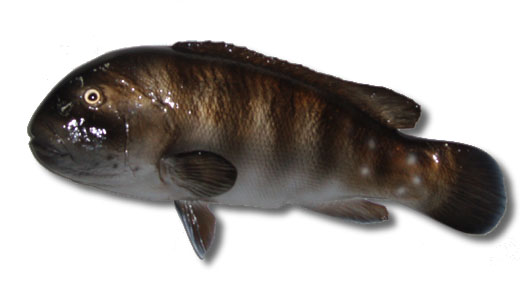
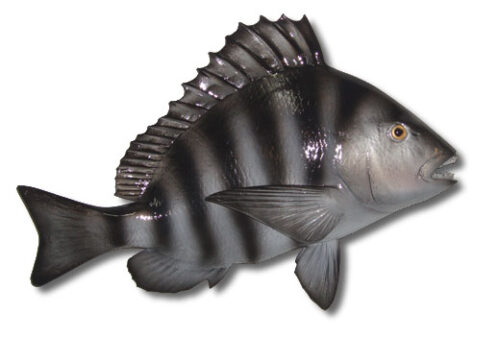
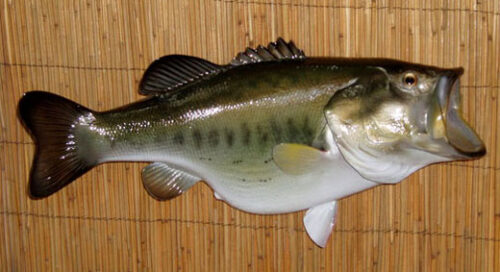
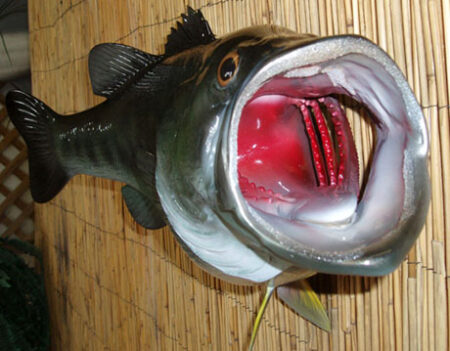
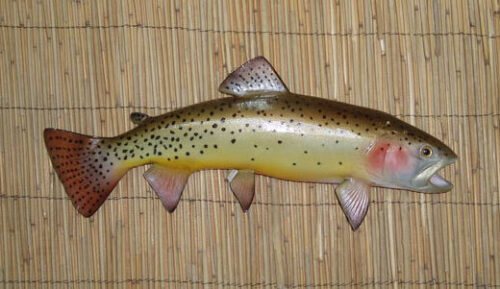
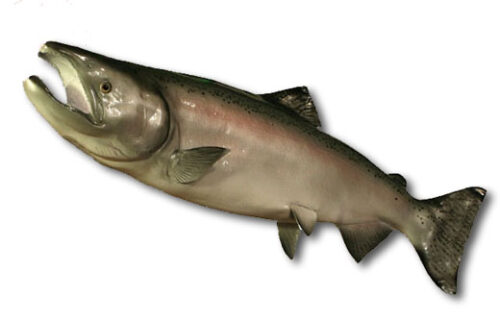
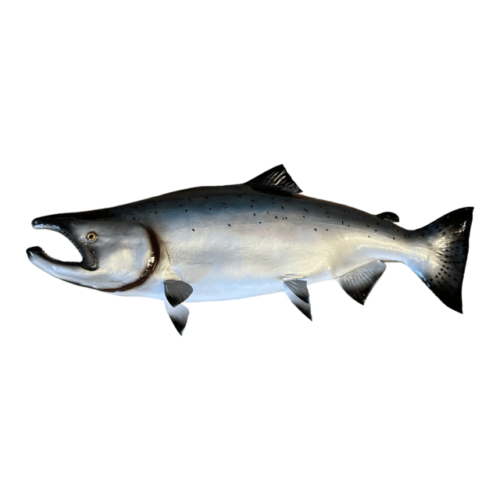
Reviews
There are no reviews yet.